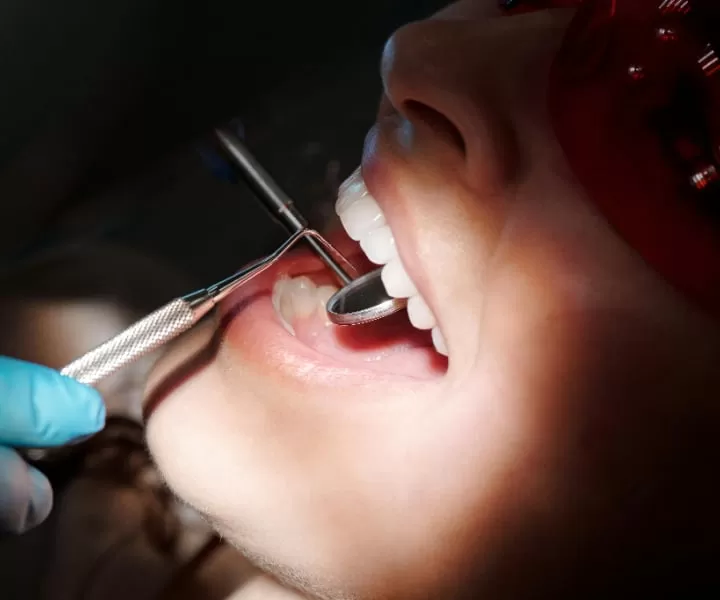Your Guide To Dental Replacements: Bridges Or Implants
Replacing missing teeth is not only about restoring your smile—it’s about preserving oral health, maintaining bone structure, and improving overall quality of life. Today, two primary options dominate the field of tooth replacement: dental bridges and dental implants. In this guide, we’ll compare these treatments, explore how long implants last, outline available financing solutions, and share best practices for caring for your new teeth.
Related searches

Are Dental Bridges Better Than Implants?
Dental bridges and implants each have distinct advantages:
Structure & Preservation
Implants consist of a titanium post surgically anchored in the jawbone; they mimic natural tooth roots and help prevent bone loss.
Bridges span the gap by anchoring an artificial tooth to adjacent natural teeth, which must be filed down to serve as supports. This can weaken healthy teeth over time and doesn't address underlying bone deterioration in the extraction area.
Durability & Maintenance
Implants boast a success rate above 95% and—when properly cared for—can last 25 years to a lifetime. They require routine brushing, flossing, and regular dental check-ups.
Bridges typically last 5–15 years before needing replacement due to wear or decay on abutment teeth. They demand meticulous cleaning beneath the pontic (false tooth) to prevent gum disease.
Procedure & Timeline
Implants involve a multi-stage process: consultation, implant placement, a healing period (3–6 months), and final crown attachment.
Bridges can often be completed in 2–3 visits over a few weeks, making them a quicker, though potentially less permanent, solution.
How Long Do Dental Implants Last?
Dental implants are renowned for their longevity. Clinical studies show that more than 90% of modern implants remain functional after 10 years; many patients enjoy their implants for 25 years or more with proper care. Factors that influence implant lifespan include:
Oral Hygiene: Daily brushing and interdental cleaning
Regular Dental Exams: Professional cleanings and exams every 6 months
Lifestyle Habits: Avoiding tobacco and excessive alcohol
Bone Health: Adequate jawbone density supports osseointegration (bone fusion)
Are There Financing Options for Dental Replacements?
Given the higher upfront cost of implants and bridges, numerous financing routes exist for U.S. patients:
Dental Office Payment Plans: Many practices offer no-interest or low-interest installment plans directly through the office.
Healthcare Credit Cards: Programs like CareCredit or LendingClub Patient Solutions allow you to spread payments over 6–24 months, often with promotional zero-interest periods.
Dental Schools: University clinics may provide discounted treatment performed by supervised students.
Insurance & HSA/FSA: While many dental policies cover portions of bridges, implants are sometimes excluded or only partially covered. Flexible Spending Accounts (FSAs) and Health Savings Accounts (HSAs) let you pay pre-tax dollars toward treatment.
How to Care for Dental Implants?
Proper maintenance is key to preserving both your implants and surrounding tissues:
Brush Twice Daily: Use a soft-bristle brush and non-abrasive toothpaste to clean implant crowns and surrounding gums.
Floss or Use Interdental Cleaners: Clean between implants and adjacent teeth to remove plaque and food debris.
Rinse with Antimicrobial Mouthwash: Helps control bacterial growth around the implant site.
Attend Regular Check-Ups: Professional cleanings every six months allow your dentist to monitor implant health and address issues early.
Avoid Hard or Sticky Foods: While implants are sturdy, excessive force can damage the crown or abutment.
Conclusion
Choosing between bridges and implants depends on your oral health, timeline, and budget. Implants offer superior durability and bone preservation but require a longer treatment period and higher initial investment. Bridges deliver faster results with a lower upfront cost but may compromise neighboring teeth and need more frequent replacement. By understanding lifespan expectations, leveraging financing solutions, and committing to diligent care, you can confidently select the solution that restores both your smile and your well-being.

